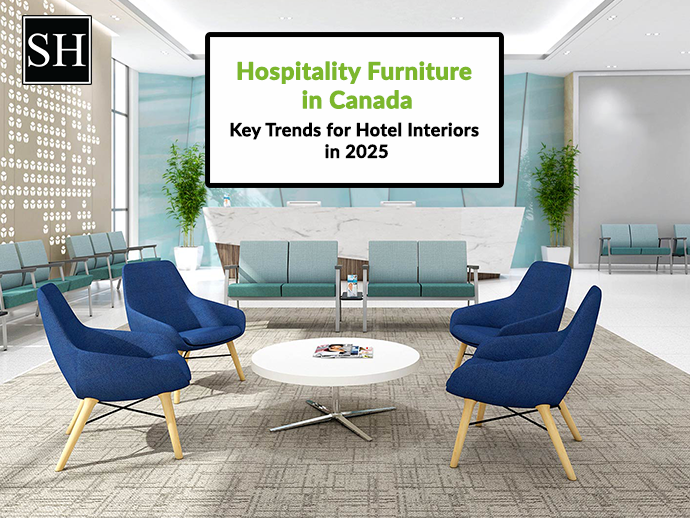
Hospitality Furniture in Canada: Key Trends for Hotel Interiors in 2025
When designing a commercial or hospitality environment, some basic pieces determine function and aesthetic. You've likely looked at them countless times before: the weighty desk in an executive's suite, the elegant dresser in a hotel room, or the functional storage cabinet in the lobby. Understanding casegoods is crucial to companies looking to create effective, enduring, and stunning spaces with quality hospitality furniture Canada. This manual contains professional tips for selecting the appropriate pieces for your specific needs.
Fundamentally, Canada casegoods furniture includes items intended mainly for storage or presenting flat surfaces, separate from seating such as desks, cabinets, dressers, and bookshelves. These types of pieces are typically constructed of wood, wood composites, metal, or occasionally other durable materials. In commercial ventures like offices, hotels, healthcare facilities, and schools, casegoods furniture provides the required framework for structure, storage, and workspace functionality. Their sturdy quality renders them best suited for high-use situations, greatly adding to a room's overall utility and professional looks.
Find expert tips on sourcing durable and stylish hotel furniture in Canada to elevate your hotel’s interior design with confidence.
Types of Casegoods Furniture
The diversity in Canada case goods furniture enables customized solutions in various commercial uses. Chests and dressers provide drawer storage, mainly for clothing in Hospitality furniture environments. Armoires and wardrobes offer larger, usually vertical storage, sometimes with hanging space. Nightstands or bedside tables are small units providing convenience beside beds. For work areas, desks offer main work surfaces, while credenzas provide additional surface area and storage, usually placed nearby. Cabinets and storage units are a wide range of items, ranging from office filing systems (casegoods office furniture) to display units and general storage cupboards, all to keep spaces organized and efficient.
Key Materials and Finishes
What your casegoods furniture is constructed of actually makes a difference. It alters the way it appears, how durable it is, and how much it will cost. Genuine, solid wood is gorgeous and extremely durable, but it typically costs the most. Another option is wood veneer. This is a thin layer of actual wood bonded to a less costly base (such as a particleboard). It has the appearance of real wood but is cheaper. Laminate is a hard plastic top that's perfect for busy areas because it won't scratch and is easy to clean. It can be wood or any color. Metal is sometimes used for something like legs or frames to reinforce furniture or make it look new. Paint, stain, or a clear protective coating enhances looks and protects the furniture from spills and scratching so it will survive longer.
Design Considerations for Commercial Spaces
Choosing casegoods furniture for the business setting demands a great deal of consideration beyond aesthetics alone. Functionality is key: does the item perform its assigned function effectively? Think workflow, storage needs, and user ease of access. Aesthetics are important for brand image and mood; the style, color, and materials should complement the overall interior design plan. Just as important is the user experience. Furniture must be intuitive and comfortable to use – drawers that slide smoothly, surfaces that are easy to clean, and possibly including safety features such as rounded edges where necessary. Balancing these three elements ensures the selected casegoods are functional, aesthetically pleasing, and beneficial to the environment.
Customization and Branding Options
One major benefit of sourcing casegoods furniture for business projects is that it can be customized. Options are available through most manufacturers to make pieces custom to particular specifications. This may involve changing dimensions to accommodate one-of-a-kind room configurations, choosing particular materials or finishes to comply with brand standards, or adding custom hardware. For companies such as hotels, it provides an opportunity to produce distinctive Hotel furniture that improves the visitor experience and asserts brand presence. Within office environments, case office furniture can be created to accommodate particular technological requirements or working procedures. Personalization guarantees the furniture finds its place within the environment and is in total conformity with the company's image and functionality requirements.
Durability and Maintenance Expectations
Office furniture is used much more than home furniture, so it must be durable! When selecting casegoods furniture, ensure it's sturdy. Opt for well-built furniture, with hard materials such as hard laminates (HPL) or good veneers, and sturdy handles or hinges. This makes it last longer even with much usage, spills, and bumps. It should also be cleanable. Sturdier furniture may be a little more expensive to purchase, but it pays for itself in the end as you won't have to repair or replace it as frequently. This is especially crucial in busy locations.
Compliance and Sustainability Standards
Companies are frequently required to think about regulatory compliance and sustainability when they buy furniture. Safety requirements, like stability testing (e.g., BIFMA standards) to avoid tipping, are essential, especially in public-used areas or areas served by particular populations such as children or patients. Environmental concerns become more significant; seek out furniture constructed with sustainable materials (such as FSC-certified wood), low-VOC finishes to maintain indoor air quality, and manufacturers that use environmentally sound methods. Compliance with these standards guarantees the furniture is safe, compliant with any regulatory demands, and meets the objectives of corporate social responsibility.
Choosing the Right Supplier
Proper supplier selection for purchasing quality casegoods furniture is crucial. Insist on partners with established reputations in handling commercial or hospitality projects. These should be experienced in providing materials transparency, detailing construction processes, and warranty standards. Assess how extensive their offerings are, including their ability for customization, capability to deliver by project timelines, and budget friendliness. Satisfactory customer service, i.e., proper communication and communication after installation, is also significant. Asking for references or looking at case studies can give real insight into how reliable a supplier is and the standard of their work, making procurement run smoothly and providing a good final result.
Integration with Other Furniture Types
Casegoods furniture serves within a system of larger interior design. It works based on its ability to merge with other features such as upholstered seating, lighting, floor coverings, and wall coverings. Its success will largely be based on how it aligns with surrounding furnishings' colors, forms, and textures, as well as the hard surfaces and straight lines. For example, the wood grain finish on a desk would be balanced by the upholstery on the office chair, and the dresser at a hotel should have the same style as the bed frame and lamps. The thoughtful combination brings an organized, well-balanced, and aesthetic setting in which every piece effectively contributes to a working unit.
Trends in Casegoods for Hospitality and Commercial Settings
The casegoods furniture design environment keeps changing. Clean, minimalist styles are currently in vogue, but warmer wood colors and textured coatings are becoming popular for the addition of warmth and personality. Technology integration is also becoming increasingly normative, with USB-A and USB-C charging ports and power outlets built into desks, nightstands, and credenzas. Sustainability remains a prime mover, affecting material selection and manufacturing practices. In Hospitality furniture, personalization and the creation of a 'resimercial' (domestic feel in a commercial setting) appearance are dominant trends. Office settings witness an increase in modular and versatile casegoods solutions that accommodate dynamic workstyles.
Final Thoughts
Ultimately, the right Canada casegoods furniture is a critical investment in any professional setting. It lends necessary functionality for storage and working, plays an important role in the overall space design aesthetic, and affects employees' and guests' experience. By taking into account such issues as purposeful use, durability of materials, integration with interior design, capabilities for customization, and reliability of suppliers, organizations can choose the pieces that can provide lasting value, increase business efficiency, and properly represent brand identity. Quality casegoods are the strong foundation of productive and inviting commercial and hospitality environments.
- SOFT SEATING
- BATHROOM VANITY
- FIXTURE EQUIPMENT
- Hospitality Casegoods
- Hospitality outdoor furniture
- Senior living furniture
- Hotel reception desk
- High end contract furniture
- Premium Hotel Bedroom Furniture
- Custom commercial furniture
- Hospitality Furniture Manufacturers in Canada
- Leading Hotel Furniture Manufacturers in Canada
- Casegood manufacture canada
- Hotel Casegoods
CATEGORIES
-
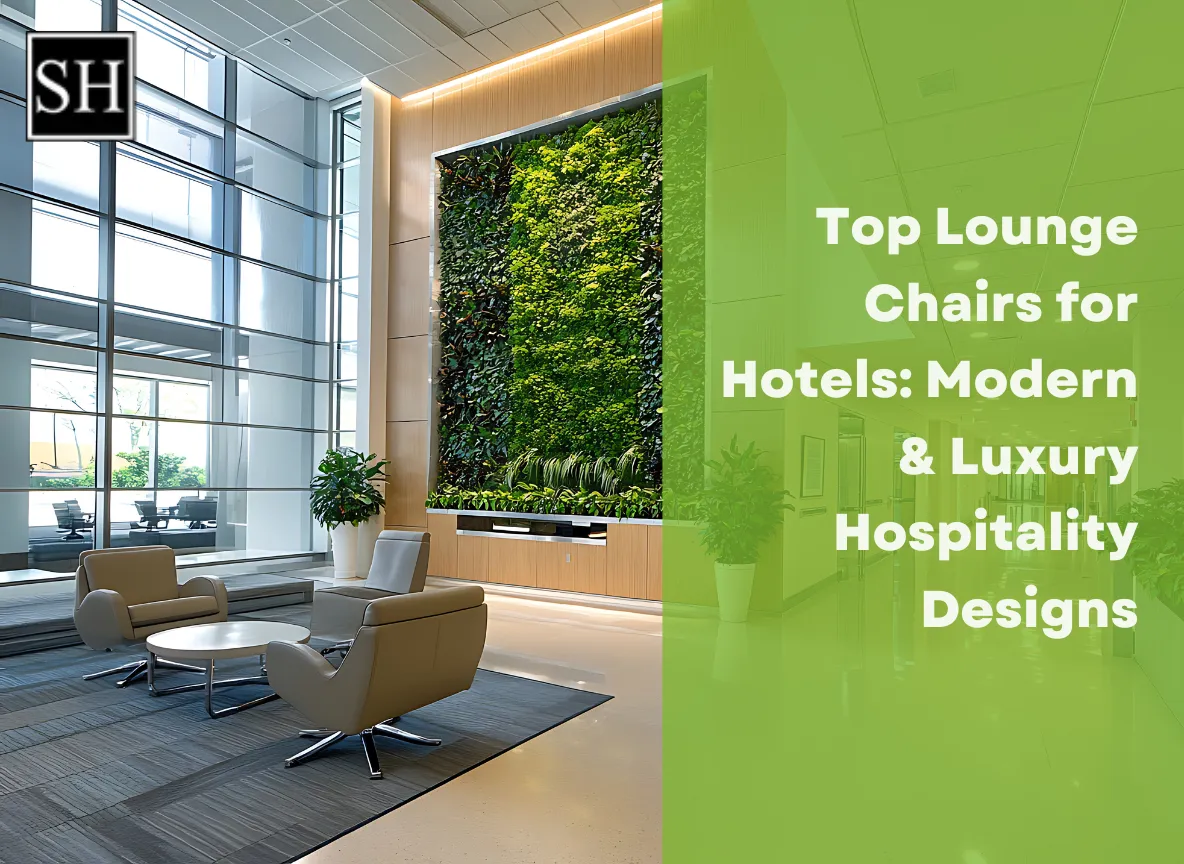
Top Lounge Chairs for Hotels: Modern & Luxury Hospitality Designs
-
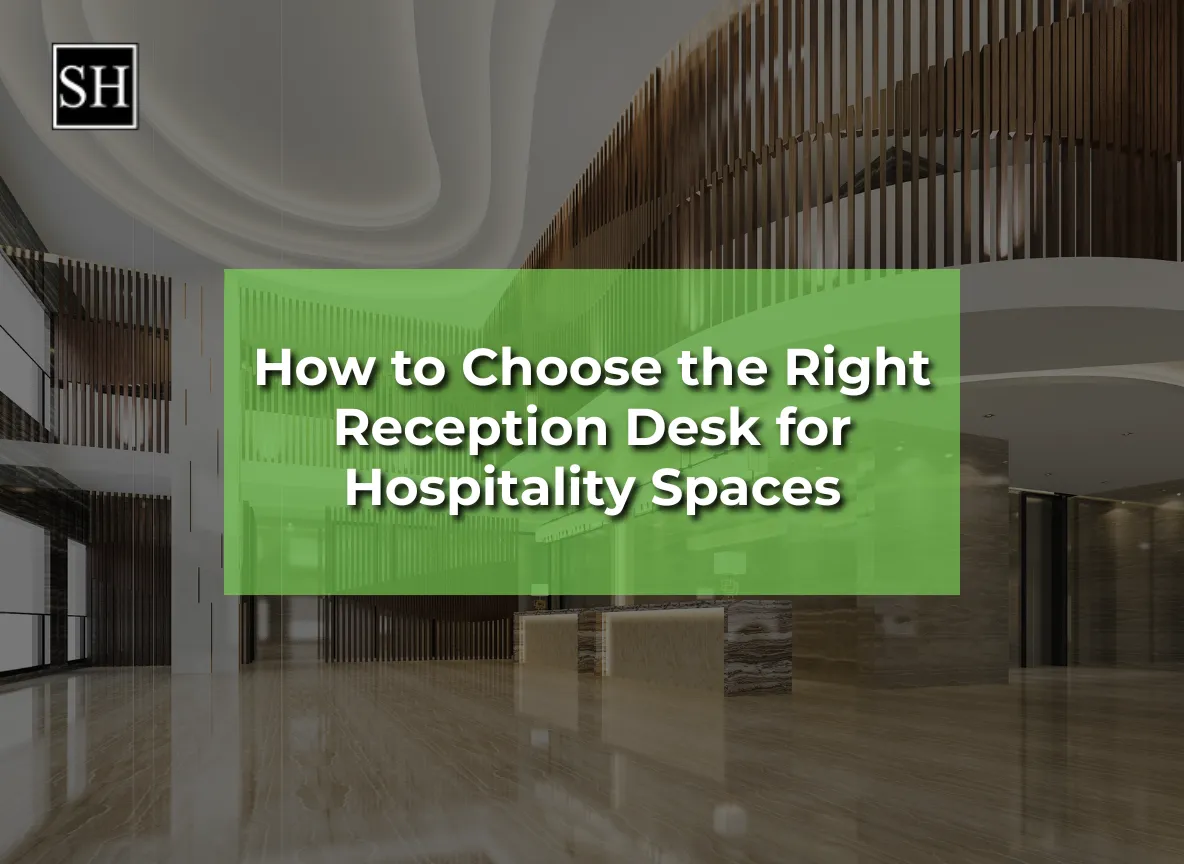
How to Choose the Right Reception Desk for Hospitality Spaces
-

How Hotels Can Choose the Best Sofas for Elderly Guests
-
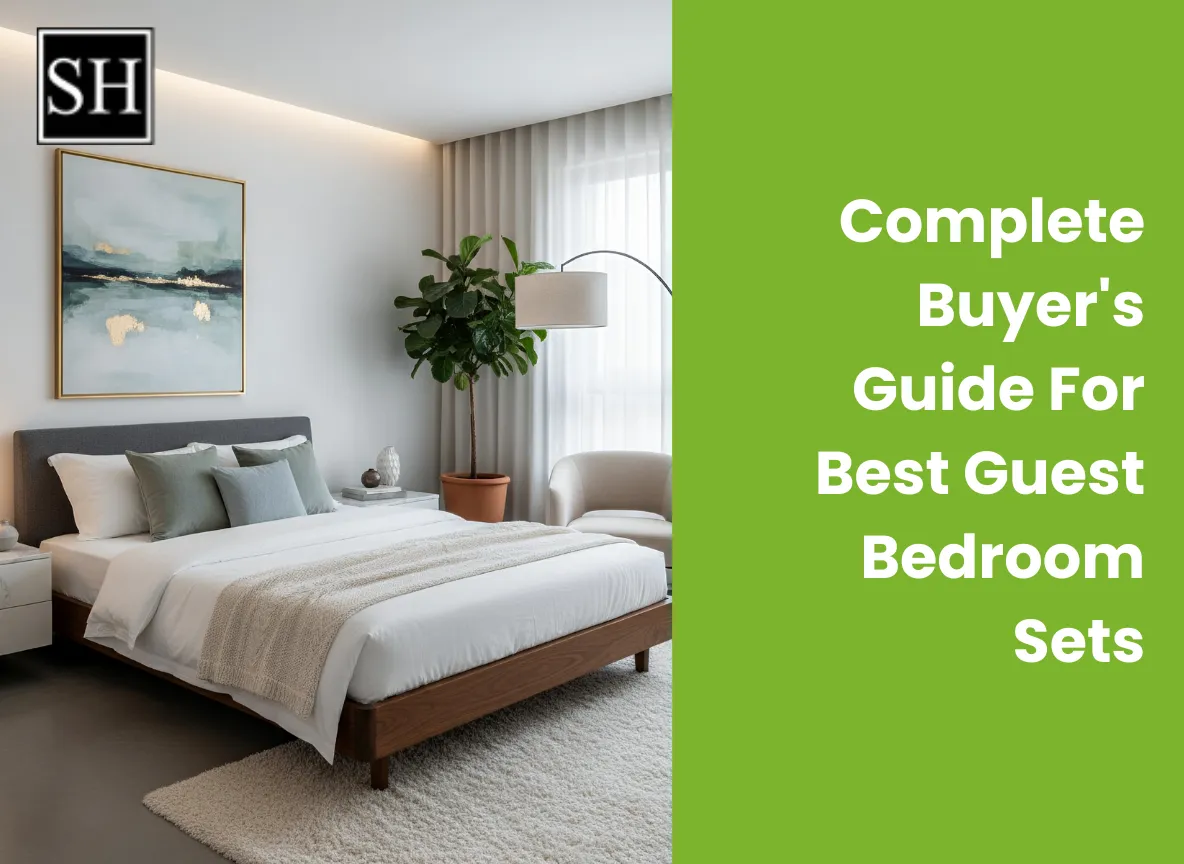
Complete Buyer's Guide For Best Guest Bedroom Sets
-
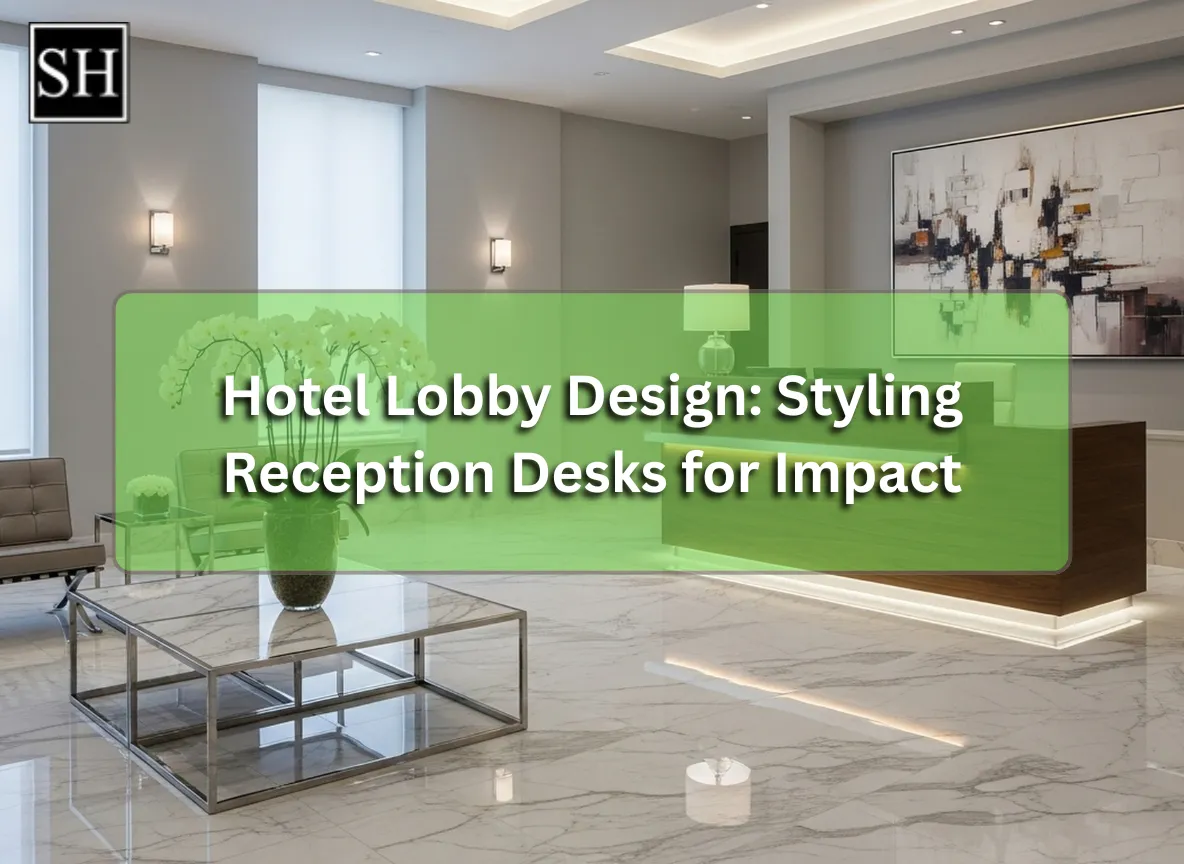
Hotel Lobby Design: Styling Reception Desks for Impact
-
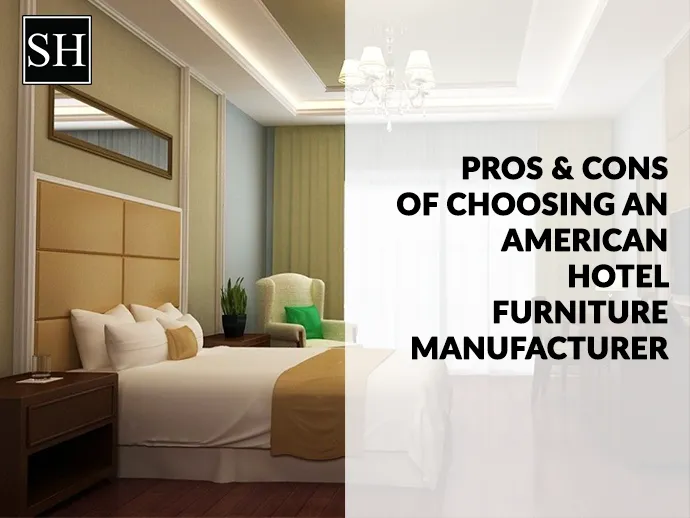
Pros & Cons of Choosing an American Hotel Furniture Manufacturer
RECENT POSTS









